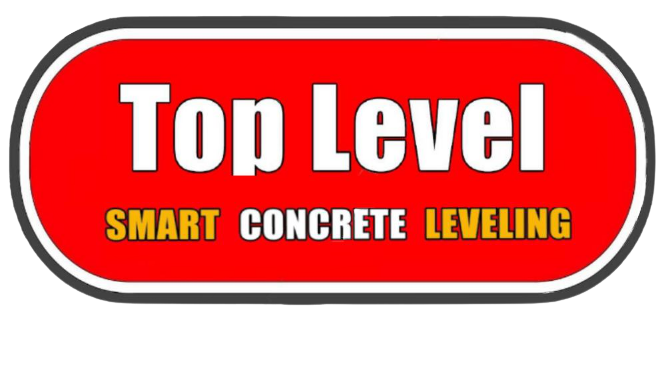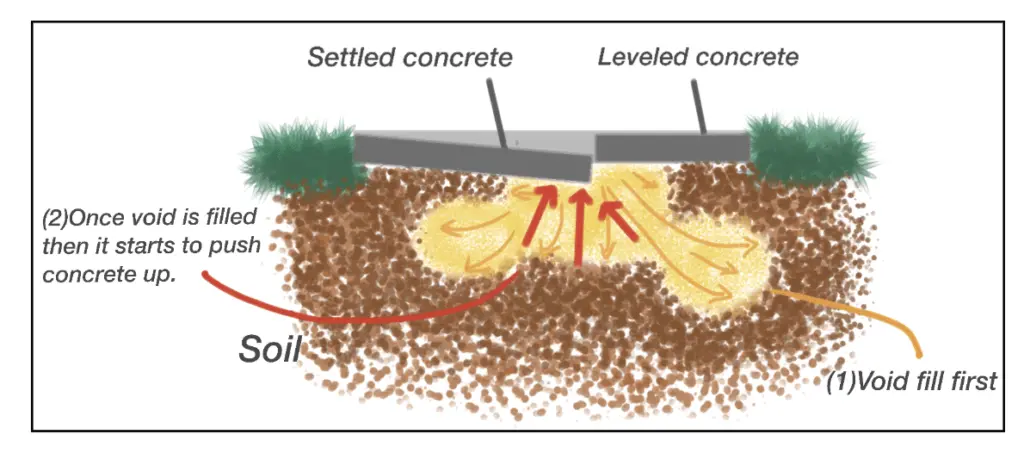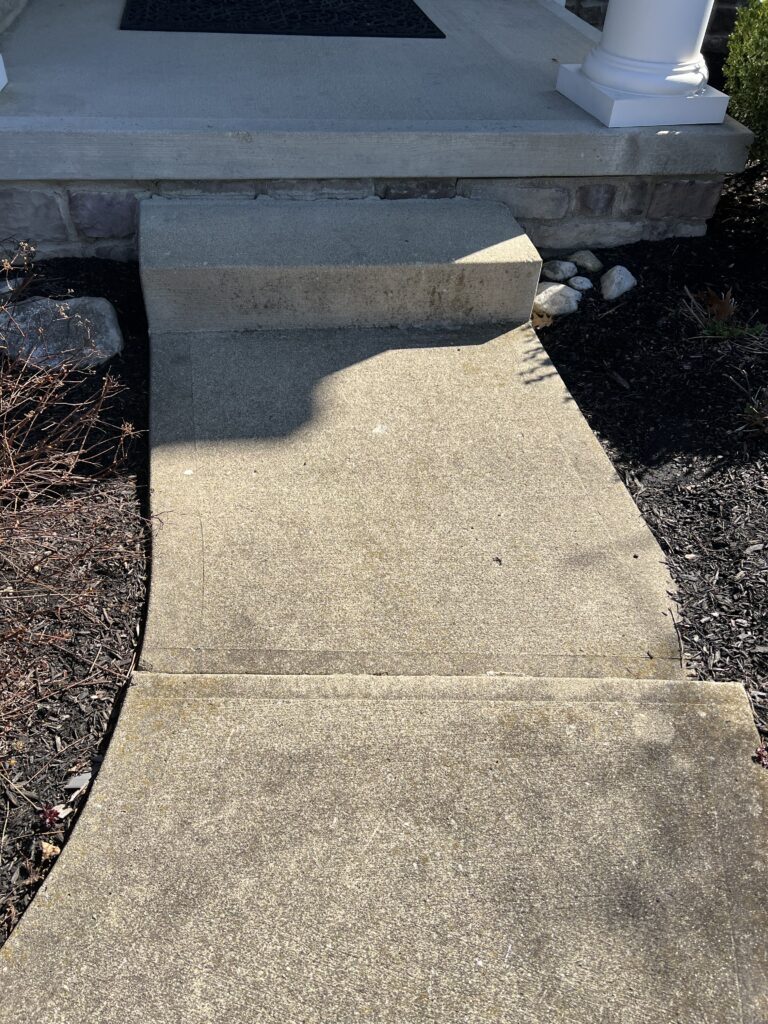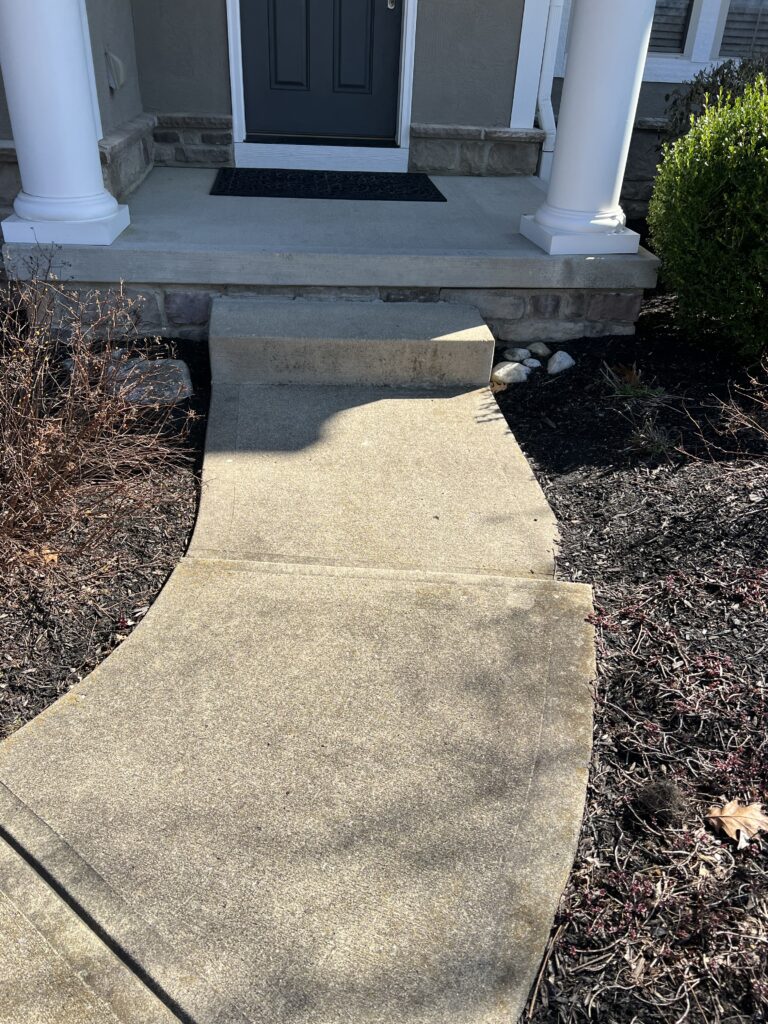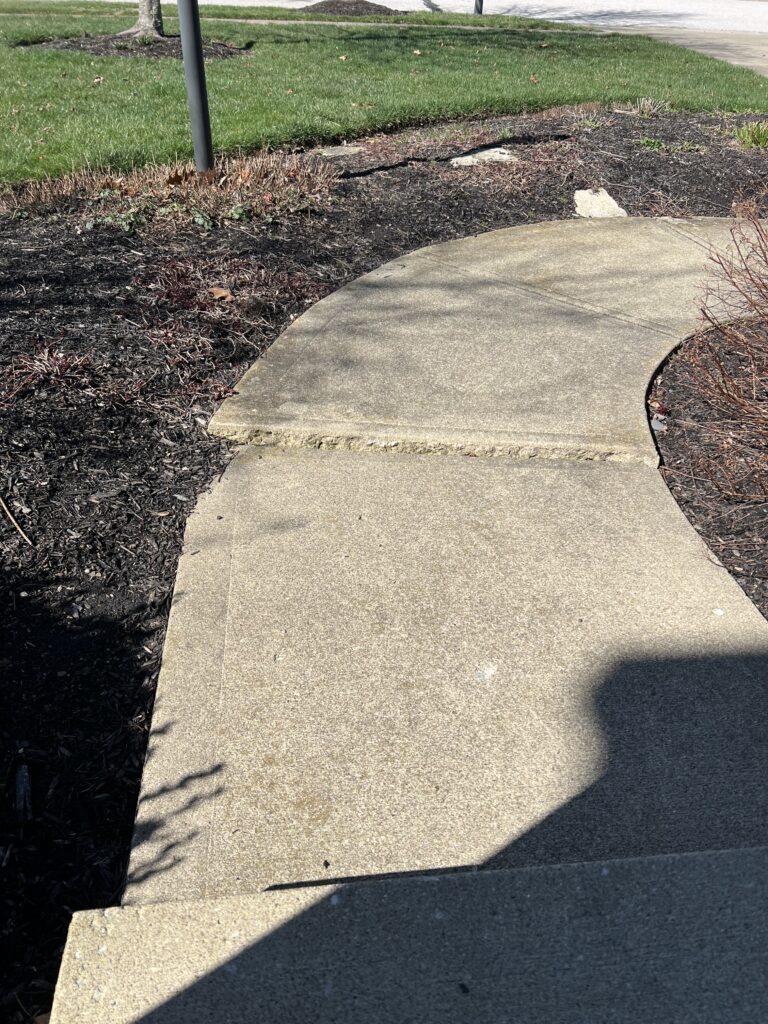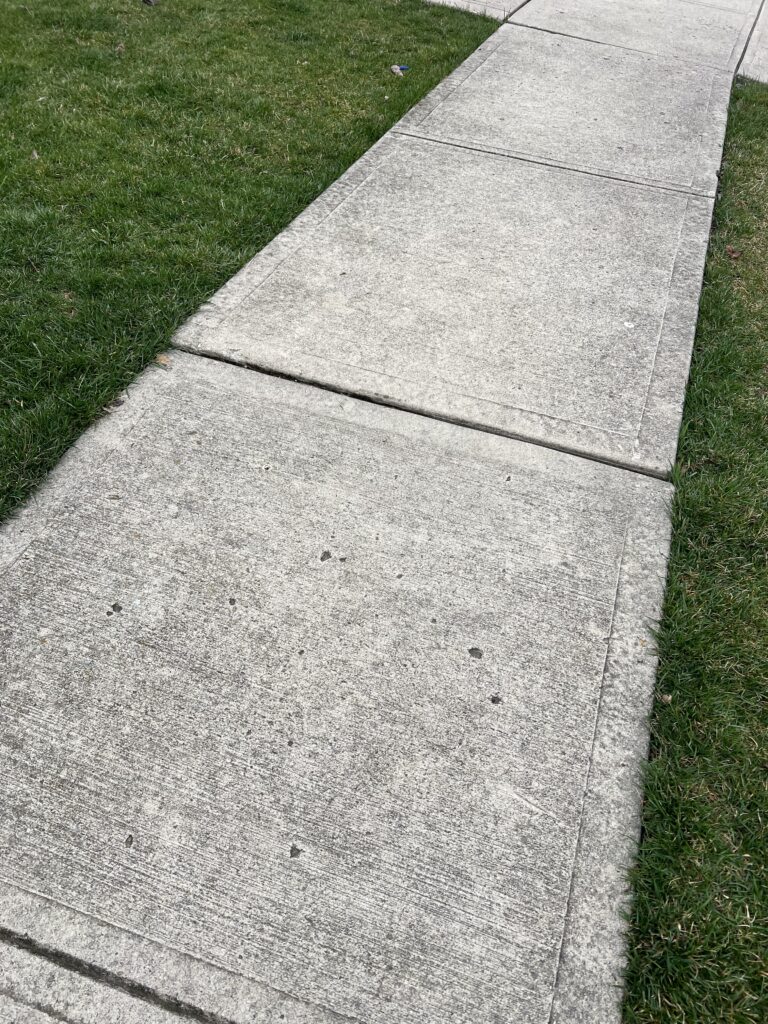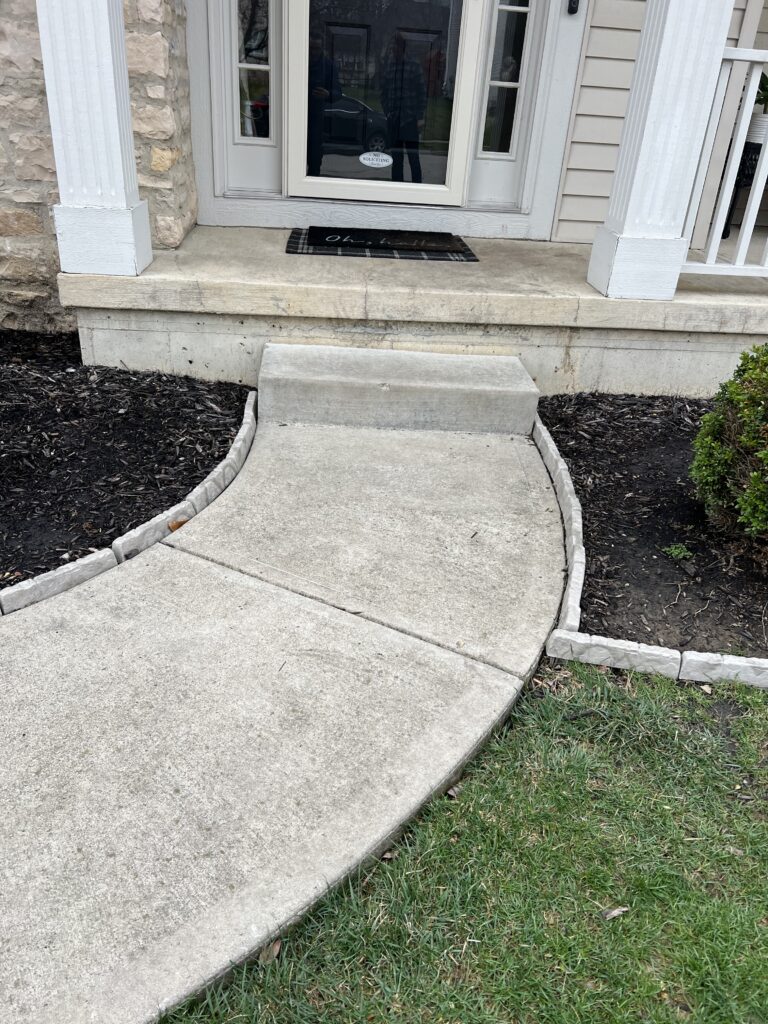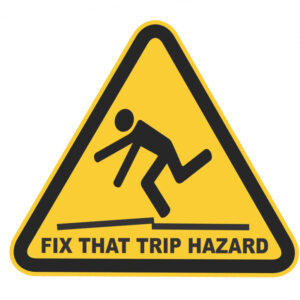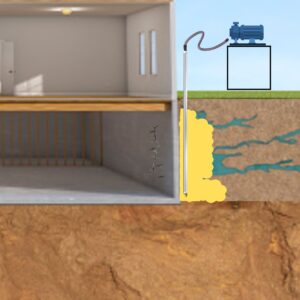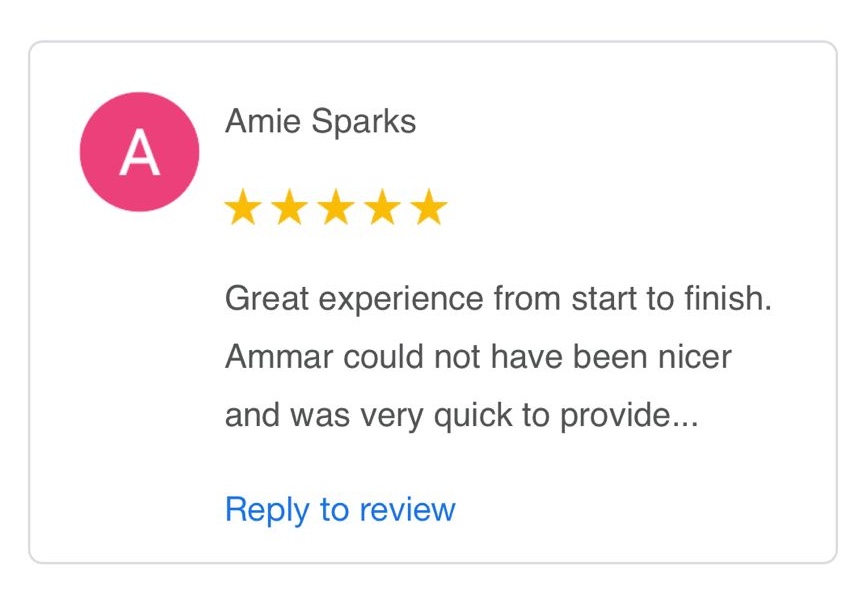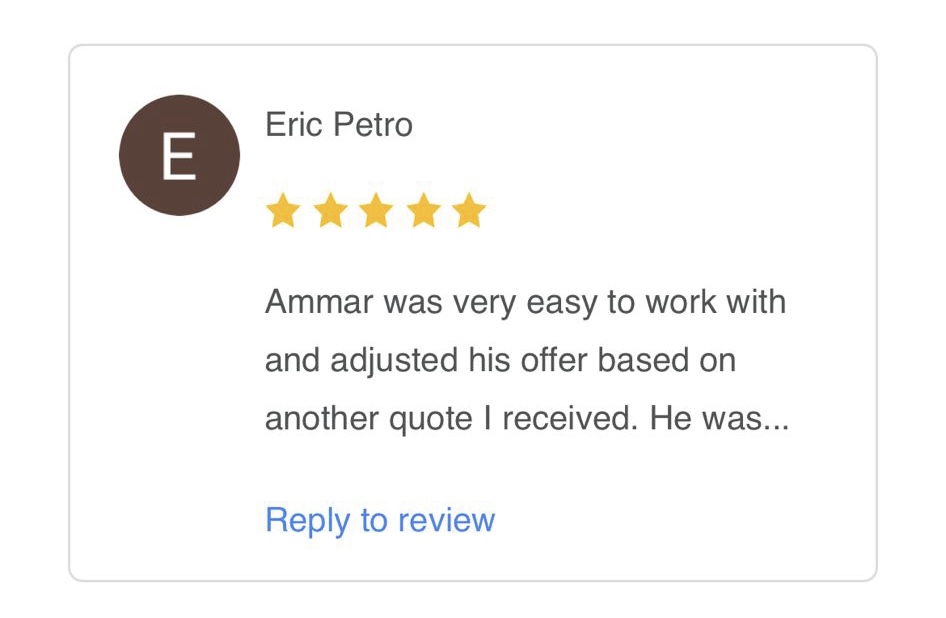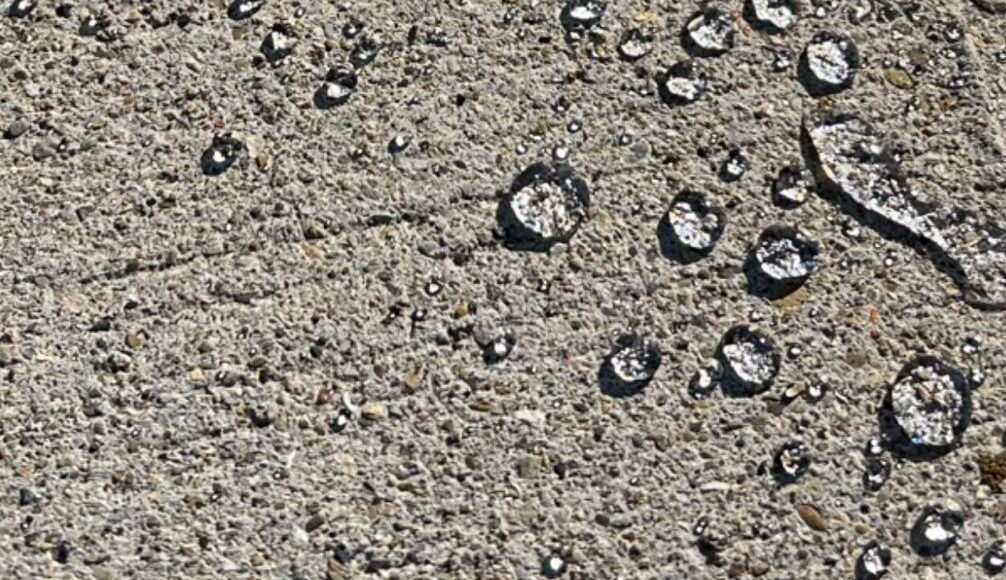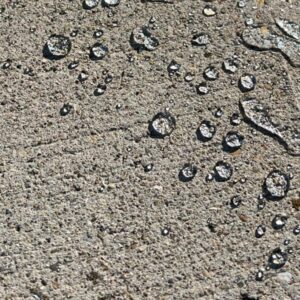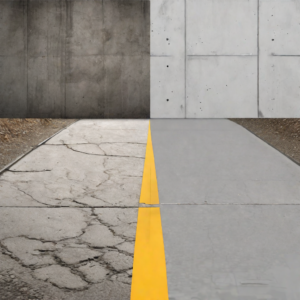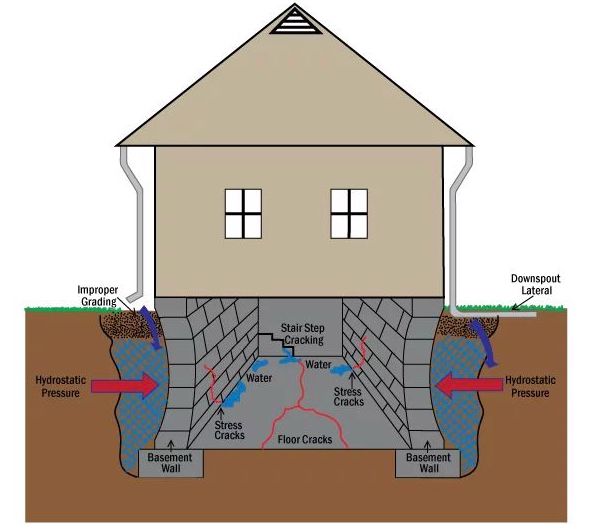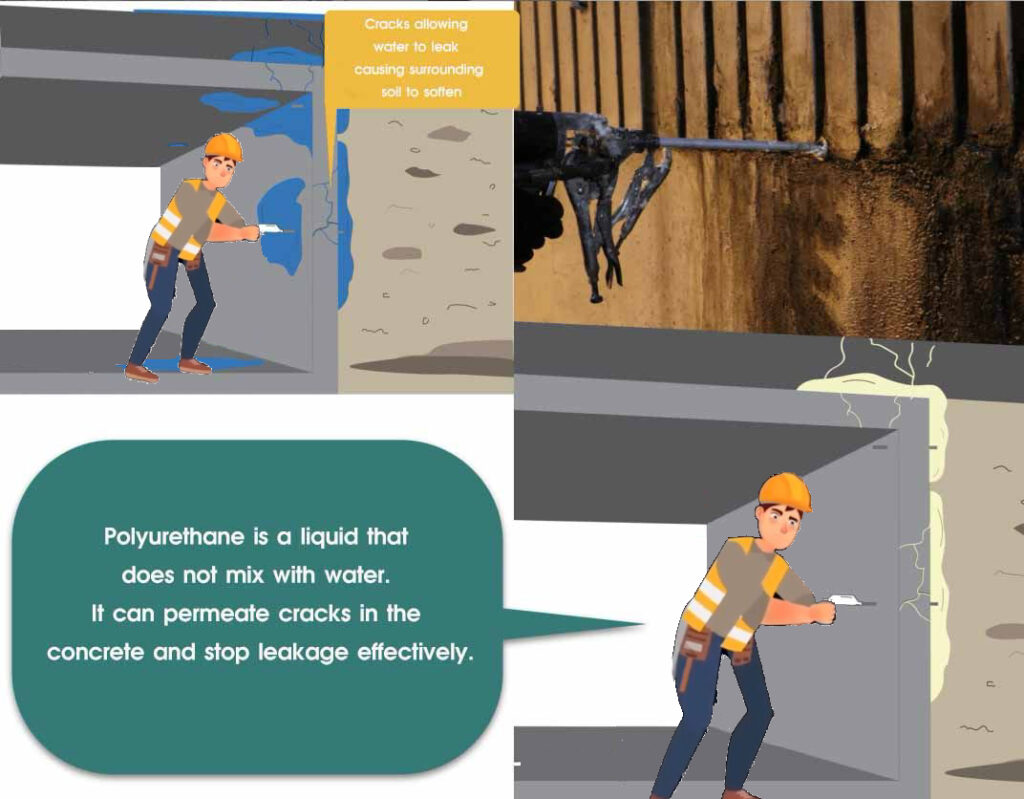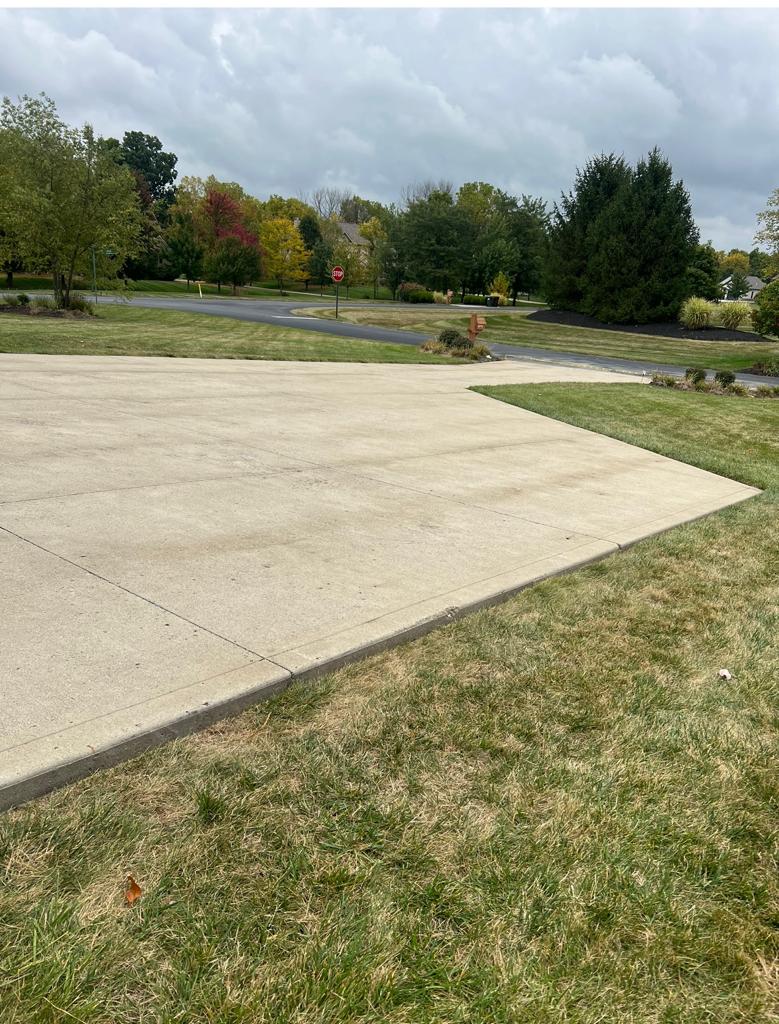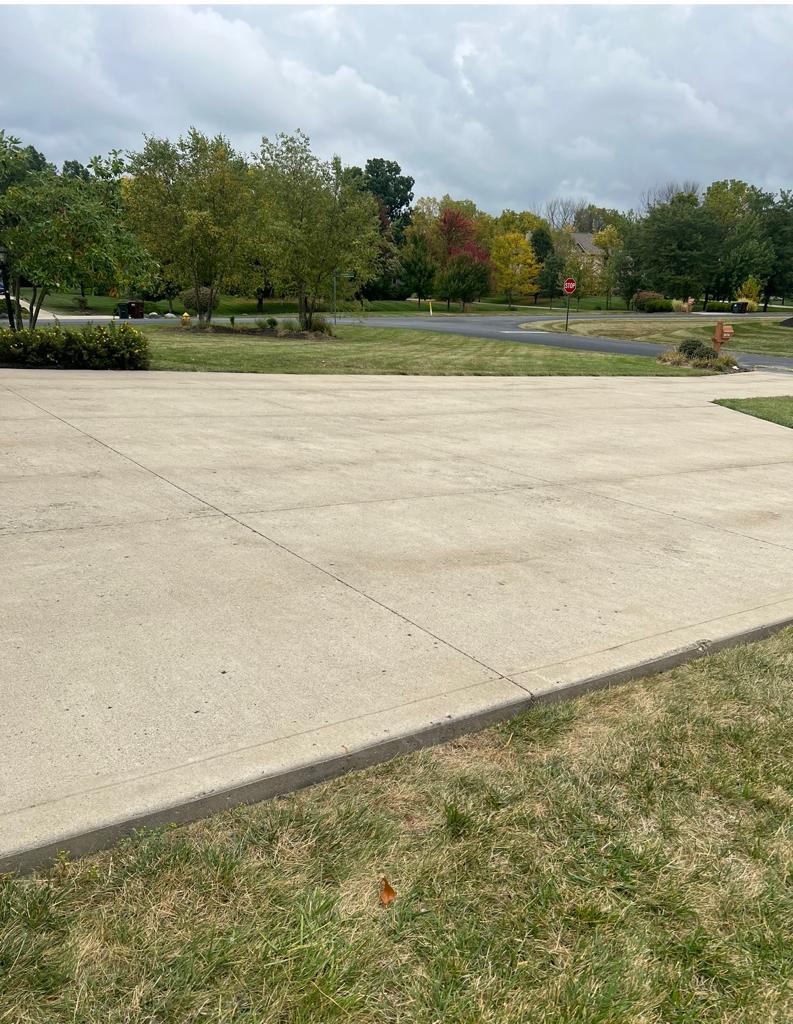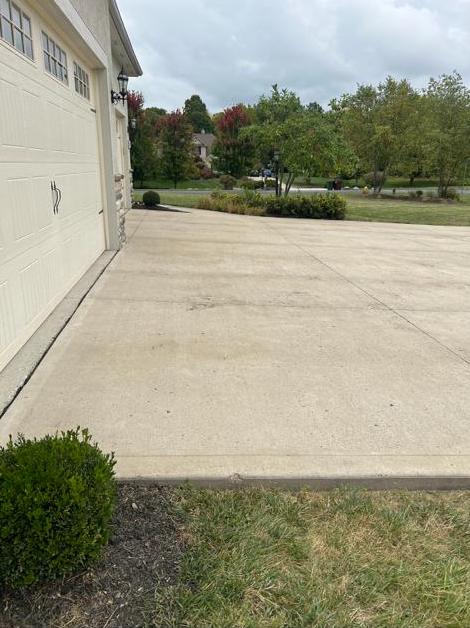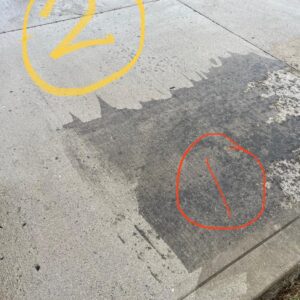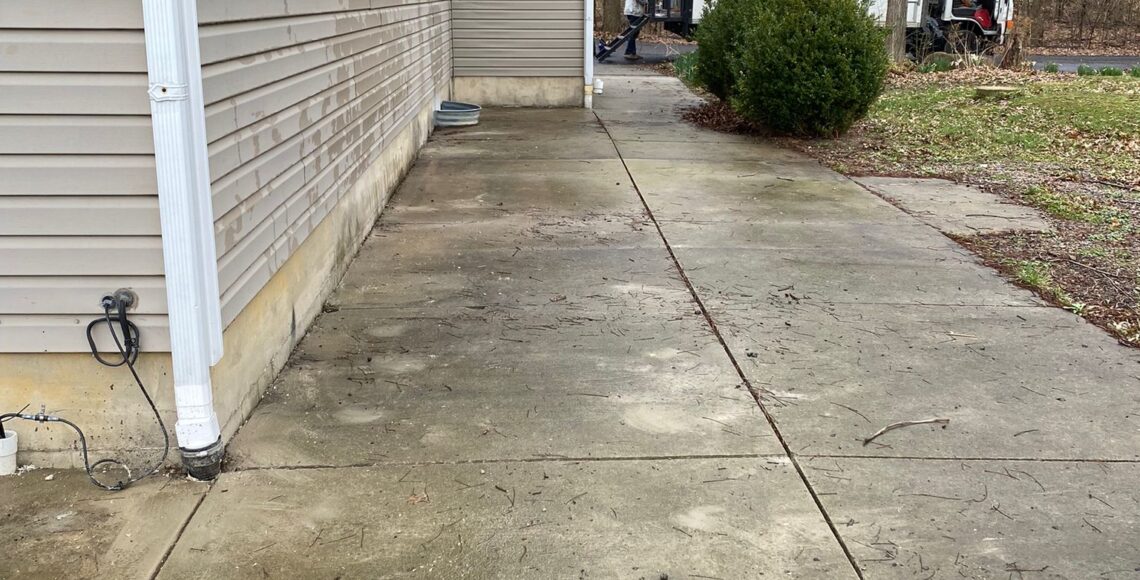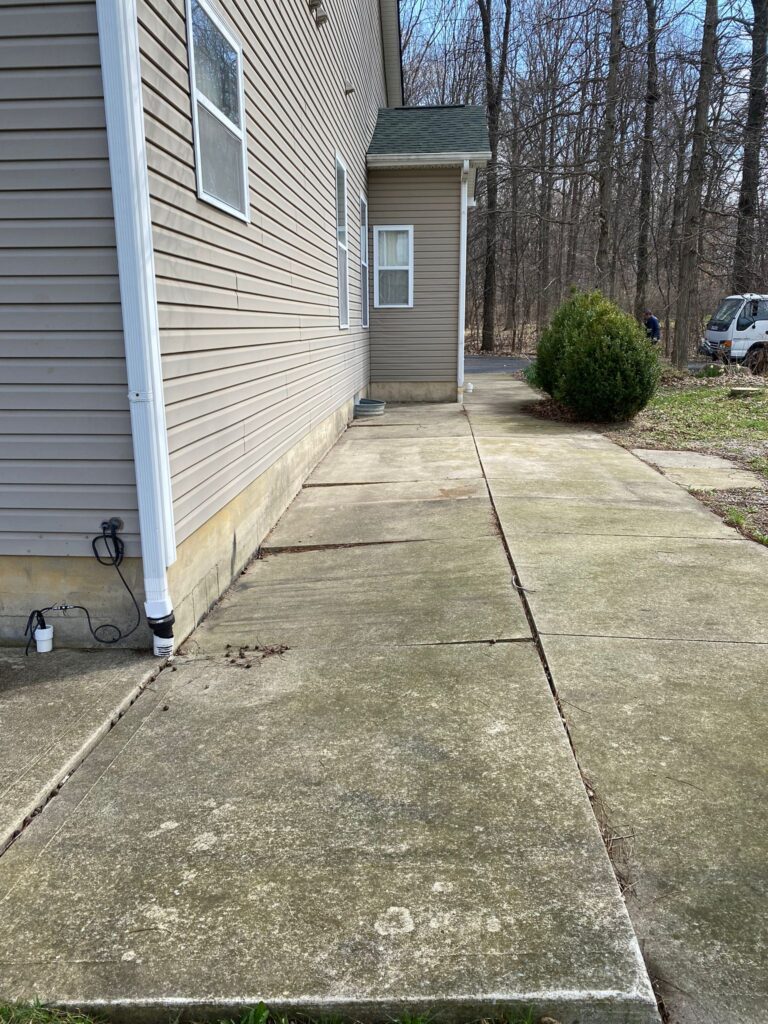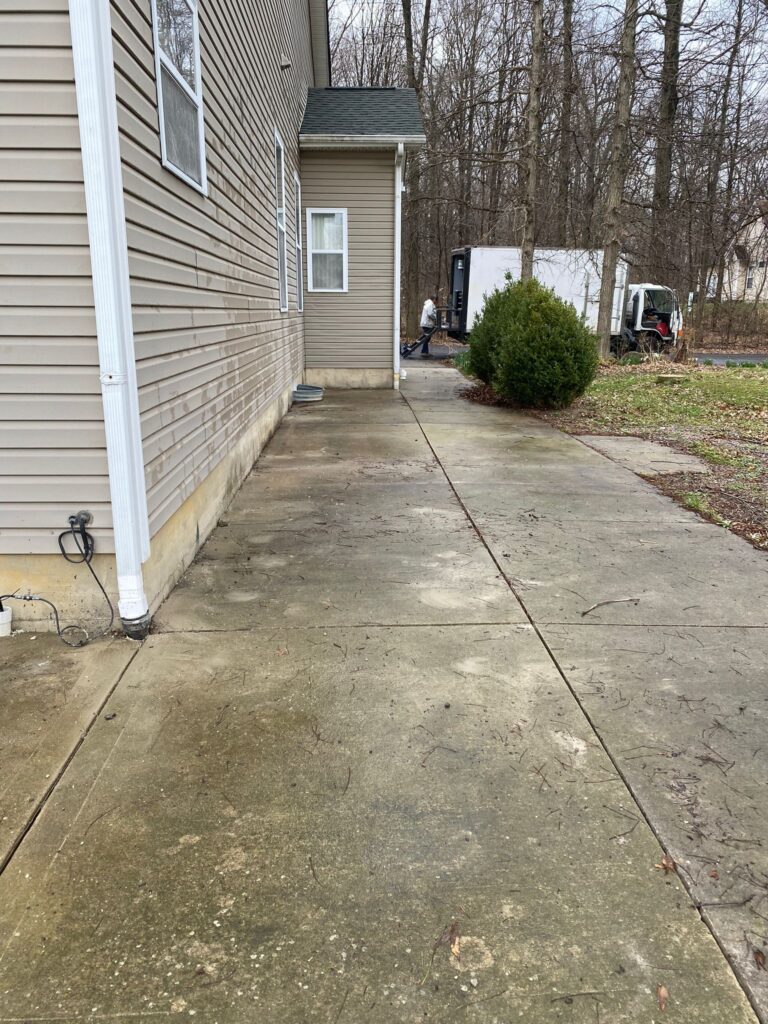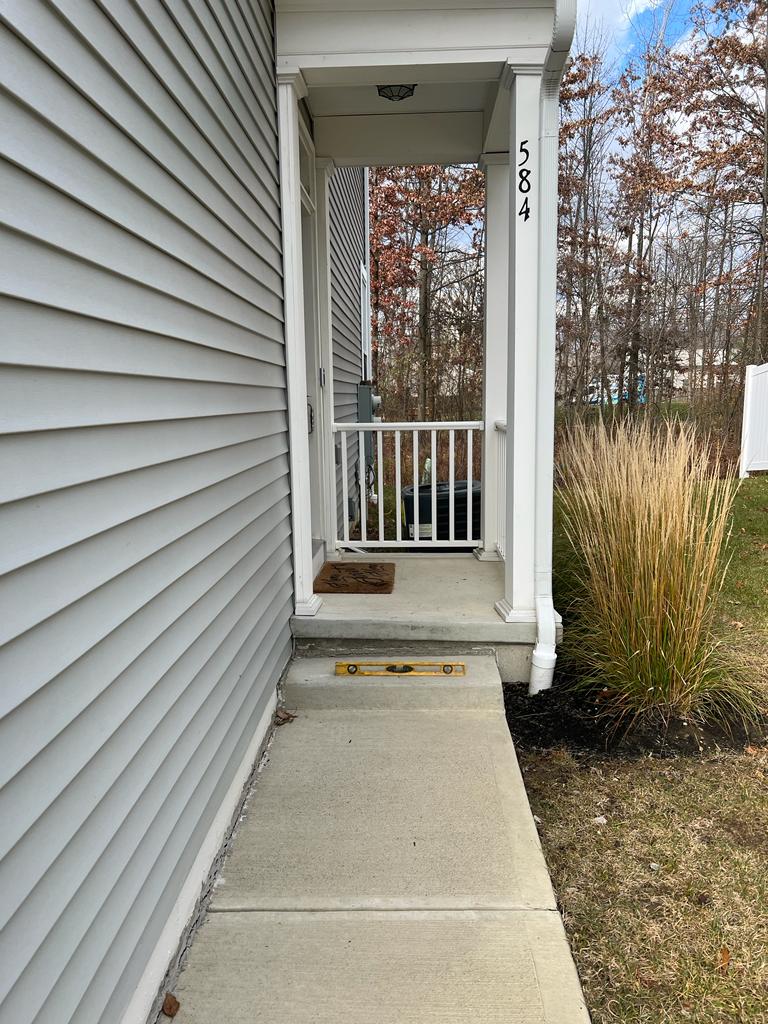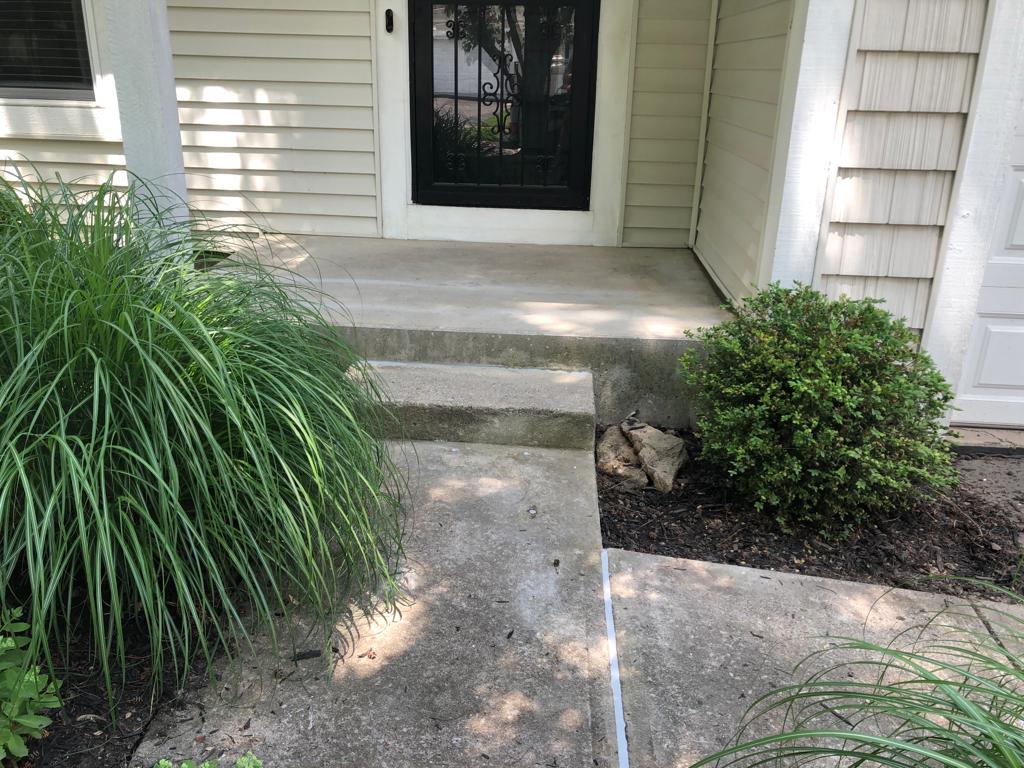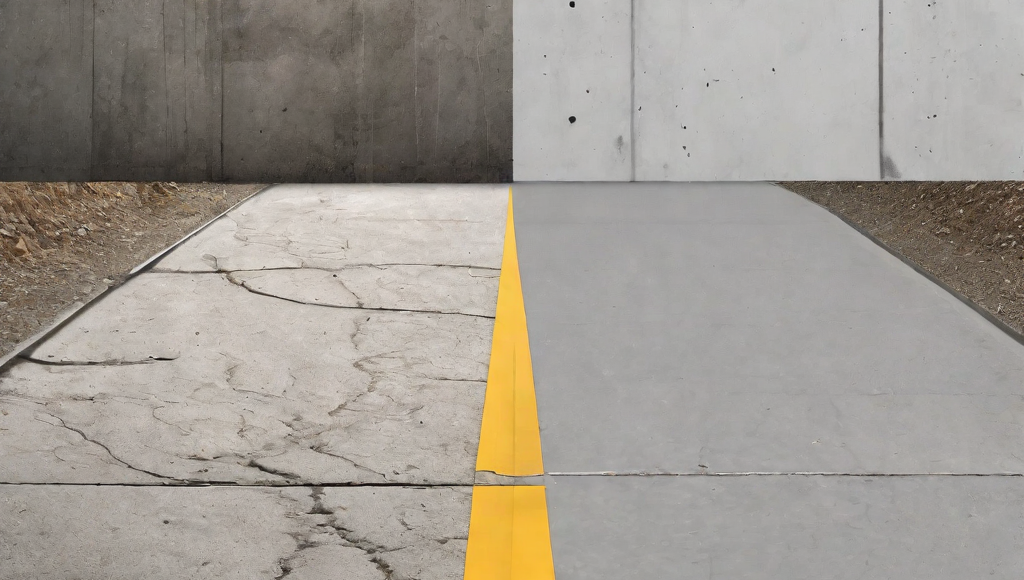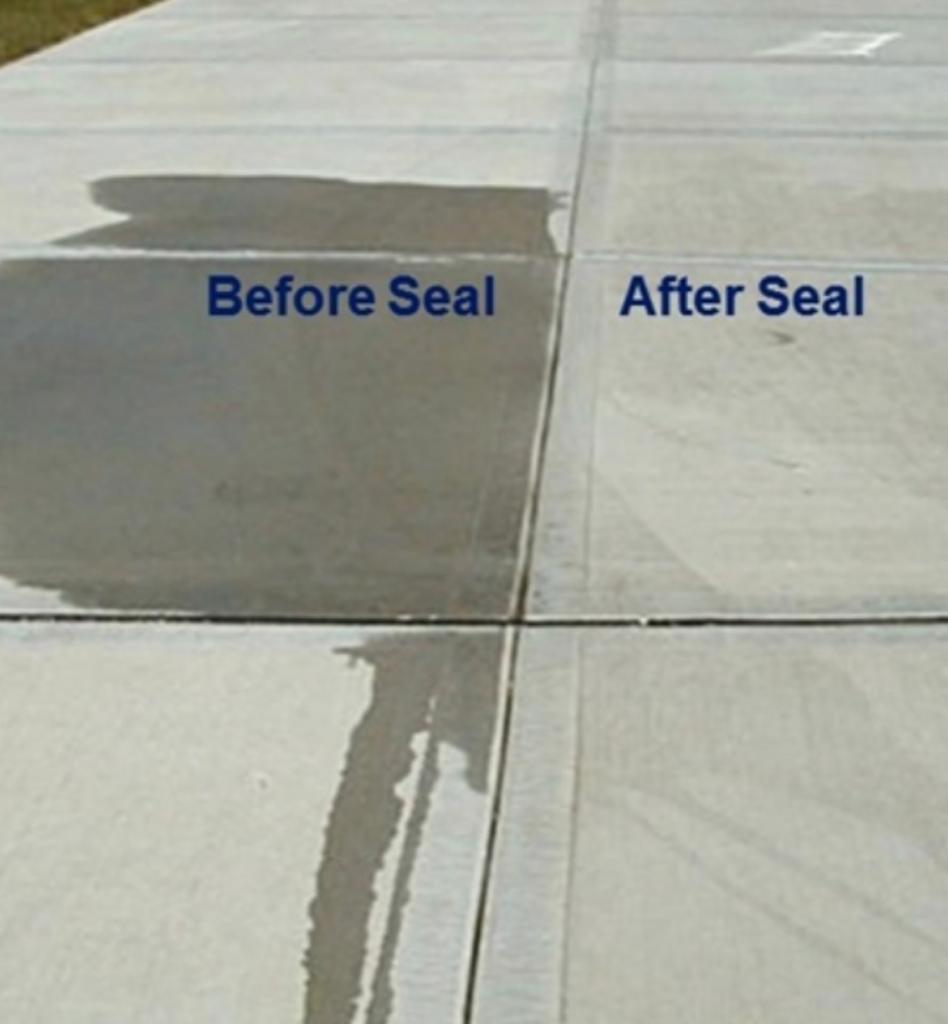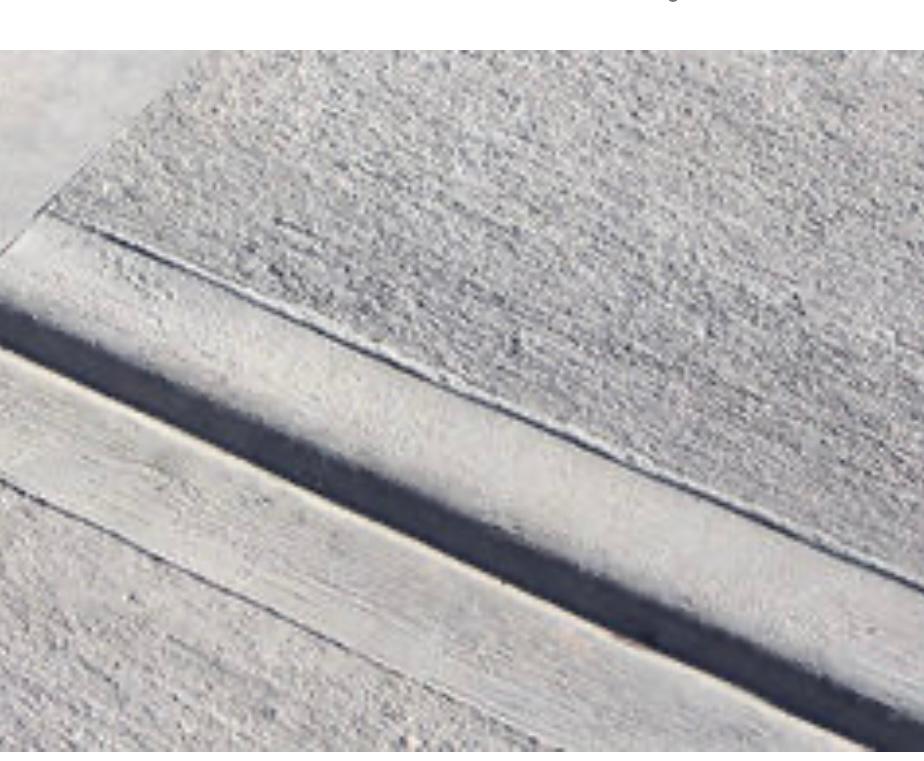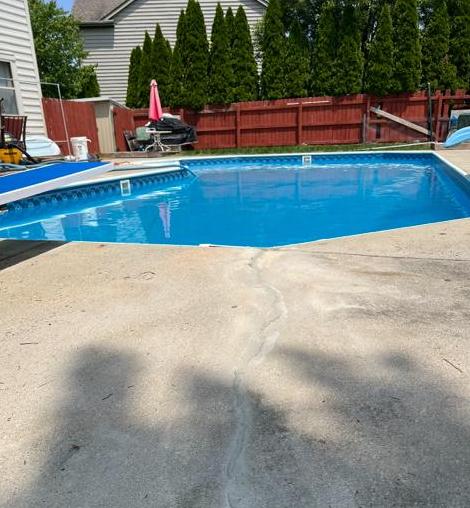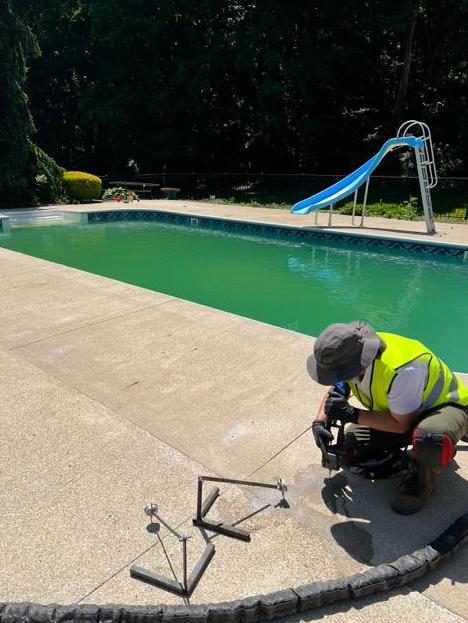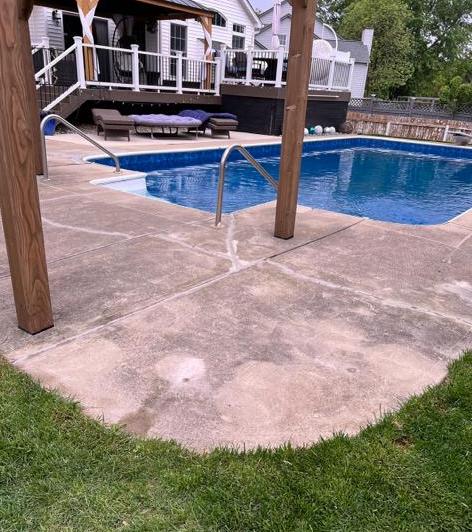Sidewalk Leveling Solutions in Columbus: Ensuring Safety & Accessibility
Sidewalk Safety: Addressing Trip Hazards in Columbus
In Columbus, Sidewalk serve as vital pathways for daily commutes, leisurely strolls, and recreational activities, supporting the mobility and well-being of residents across neighborhoods and commercial districts. However, over time, these essential walkways can succumb to unevenness and hazards due to various factors, posing risks to pedestrians. This article delves into the significance of maintaining level Sidewalk Leveling, explores common causes of settlement, and highlights effective solutions offered by our company to address these challenges.
As responsible citizens and municipalities, ensuring the safety of these walkways is paramount.
Importance of Maintaining Level Sidewalks
Sidewalks are integral to pedestrian safety, facilitating safe passage for children biking to school, individuals enjoying morning jogs, or parents pushing strollers. Ensuring the evenness of sidewalks is not just a matter of convenience but a fundamental responsibility to safeguard the well-being of our community members.
Challenges with Tree Plantings
One prevalent issue contributing to uneven sidewalks in Columbus is the growth of trees lining these walkways. While trees lining the walkways enhance aesthetics and provide shade during scorching summers, they also present challenges. The roots of these trees, when grow and start to push the walkway slabs up, can uplift sidewalk slabs, creating hazardous trip points for pedestrians.
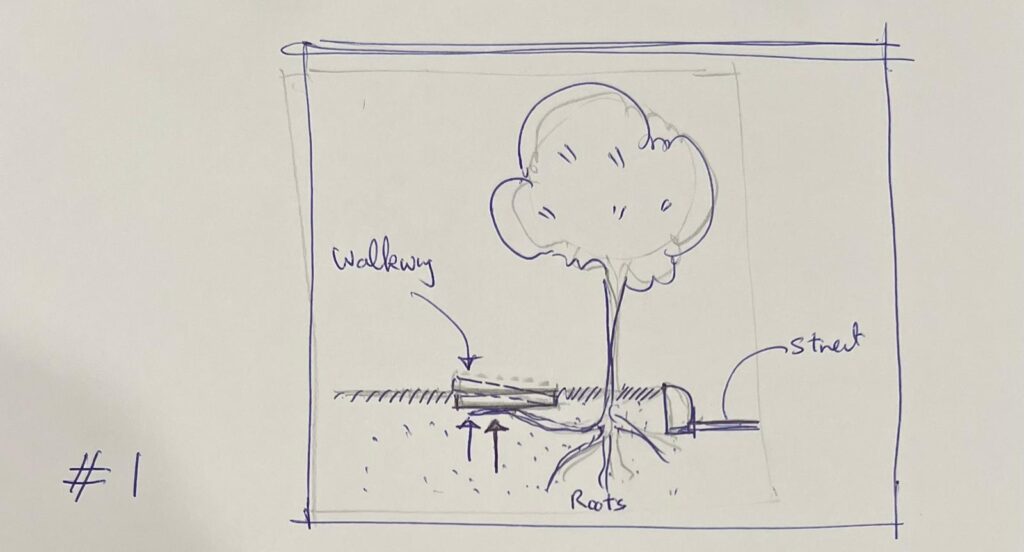
Consequently, it falls upon residents and local authorities to address these issues promptly.
City Response and Resident Responsibilities
Often, residents encountering such hazards near their residences notify the city for resolution. Regrettably, due to a substantial backlog of complaints, resolution timelines can extend up to a year or more. Faced with this delay, residents may opt to address the issue themselves to mitigate the risk of accidents.
And yet, if a pedestrian trips over a hazard and gets injured, they have the right to hold the resident of the house responsible for the hazardous condition liable and may sue them.
Legal Implications and Financial Considerations
In the unfortunate event of a pedestrian being injured due to trip hazards, legal recourse may lead to liability claims against homeowners. Addressing such hazards typically entails significant costs, with estimates ranging from $1000 to $1200, as many service providers are reluctant to undertake small-scale repairs.
Our Expert Solutions
Our company specializes in advanced sidewalk leveling techniques, including polyurethane foam injection and slab jacking, designed to rectify unevenness and trip hazards efficiently. Poly foam injection involves raising the affected slab to eliminate trip hazards, with costs ranging from $175 to $250 depending on the severity of the issue. This solution not only addresses the immediate problem but also ensures compliance with ADA codes
Compliance with ADA Standards
Adherence to ADA standards is imperative in addressing sidewalk irregularities. Specifications include maintaining a 1/4″ or less differential between adjacent slabs, ensuring a slope of 5% or less along the walking direction, and a wider slope of 2% or less.
To meet these standards, in addition to foam lifting, some adjustments to the edges or sides may be necessary.
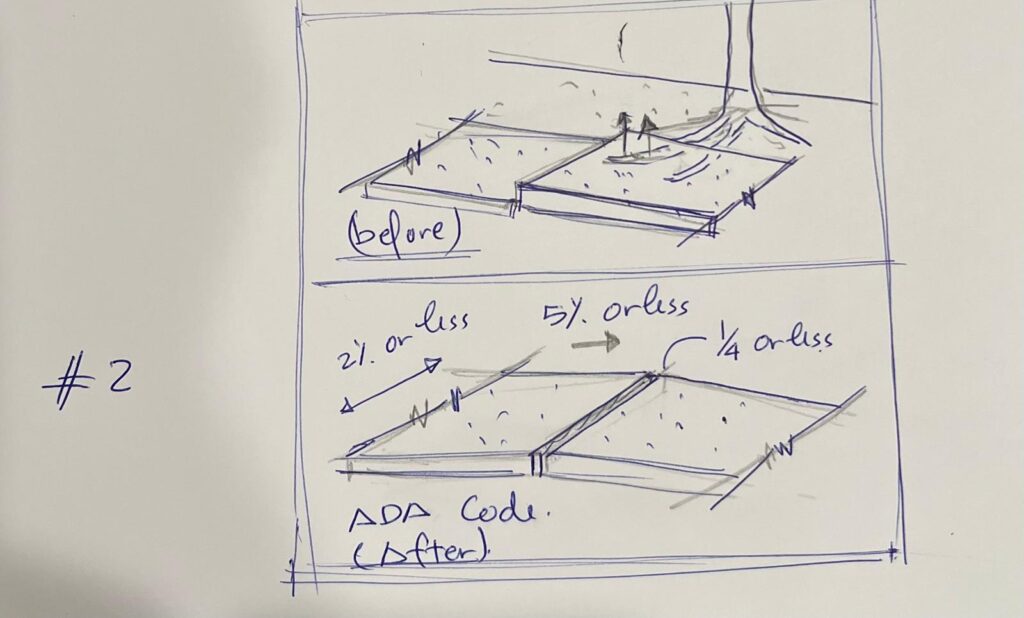
Continuous Maintenance
The challenge of uneven sidewalks persists as trees continue to grow, necessitating ongoing maintenance efforts to mitigate settlement issues. Regular inspections and timely interventions are essential to prevent accidents and uphold the integrity of our city’s walkways.
Collective Responsibility
Addressing trip hazards in our city’s walkways is not solely the duty of municipalities but also the responsibility of every resident. Proactive measures are essential to prevent accidents, particularly among vulnerable members of our community, such as the elderly.
We ,at Top Level just finished a pilot project fir the city of Dublin, Oh .
It was 50 cases of unleveled , trip hazard .
We had to go by the ADA code .
The project was a successful cooperation to provide a safe sidwalks for the our city walkways
Attach some pictures of before and after.
Before
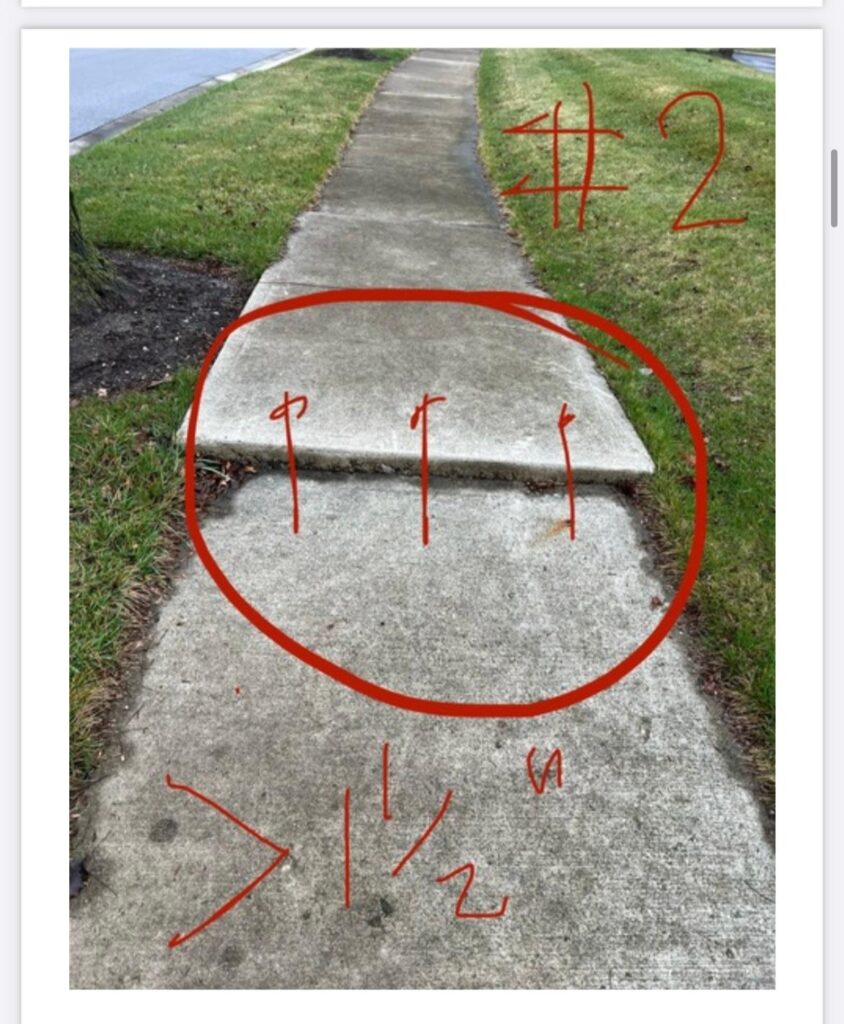
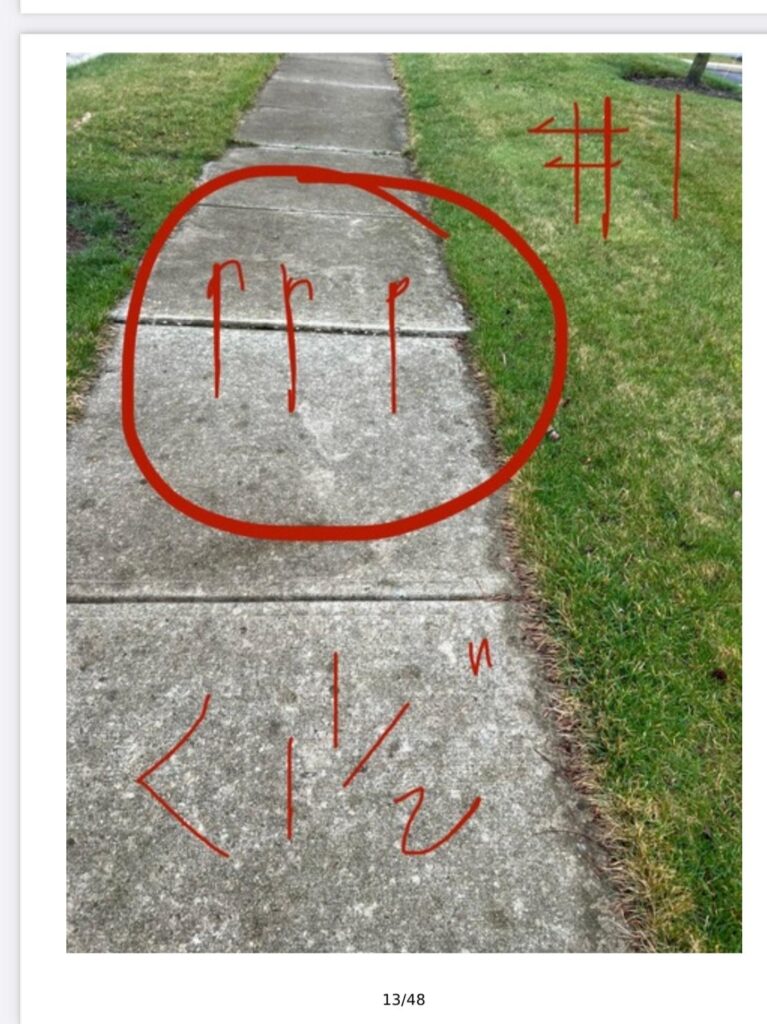
After
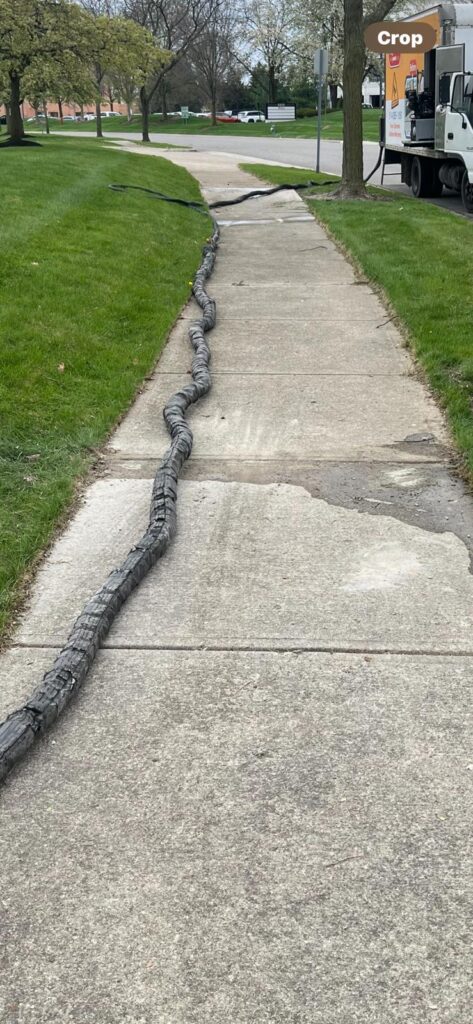
Sidewalk Leveling Location Points
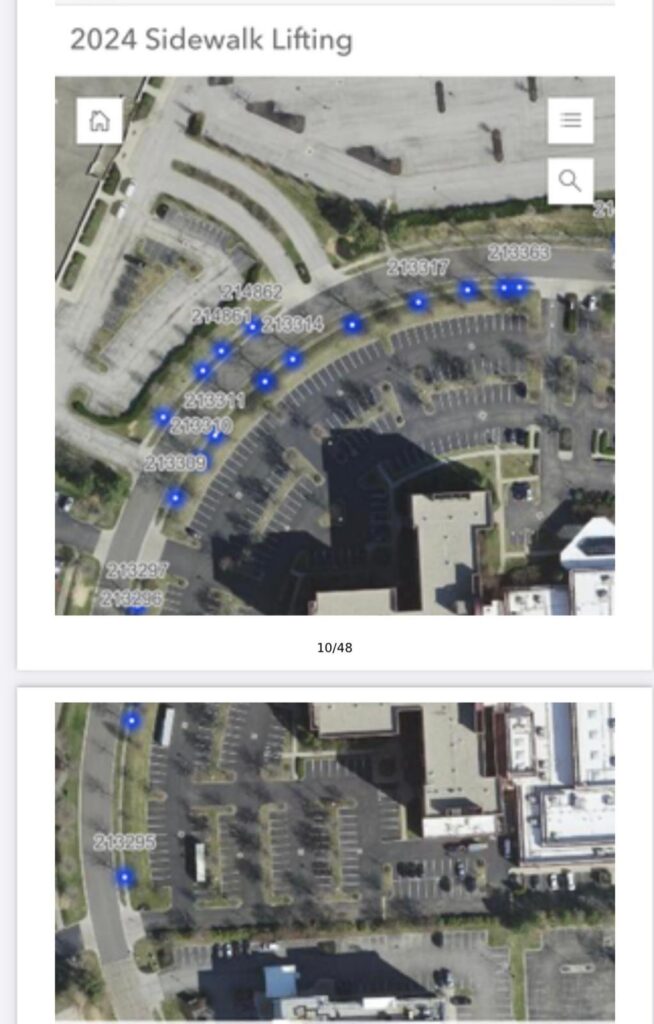
Conclusion
In conclusion, ensuring the safety and accessibility of our city’s sidewalks demand collaborative efforts and proactive measures from both residents and local authorities. Prioritizing the maintenance of level sidewalks is paramount to fostering pedestrian safety and accessibility in Columbus. Through our specialized solutions and community-driven initiatives, we are committed to enhancing the walkability of our neighborhoods and promoting the well-being of all residents.
